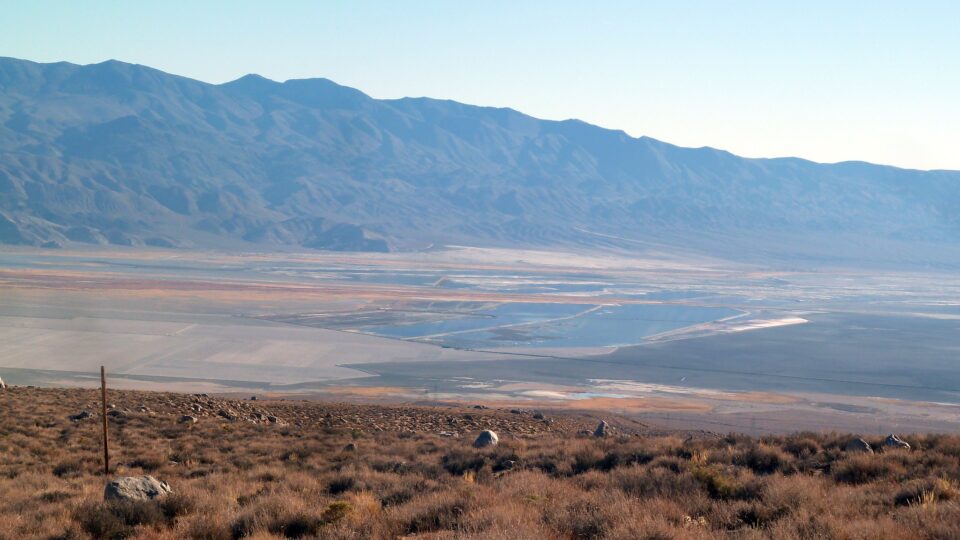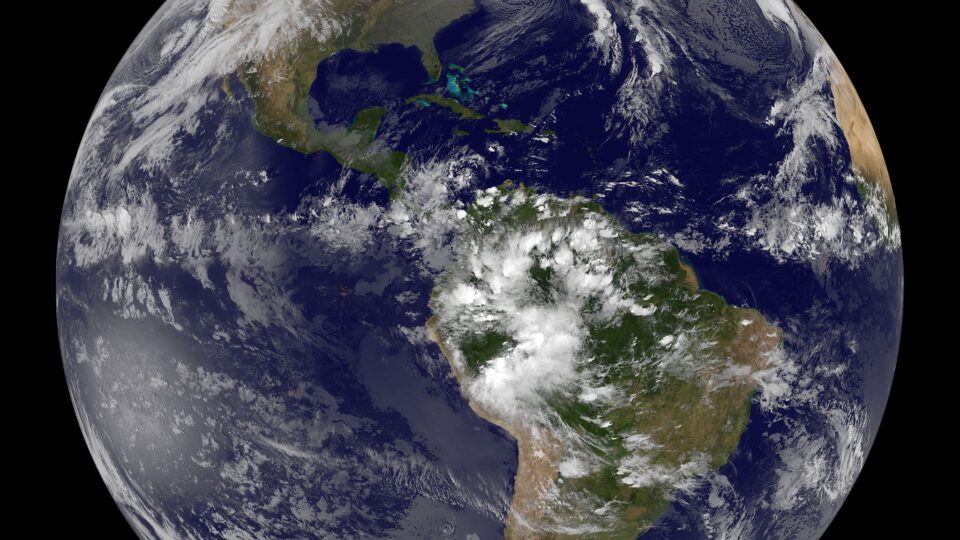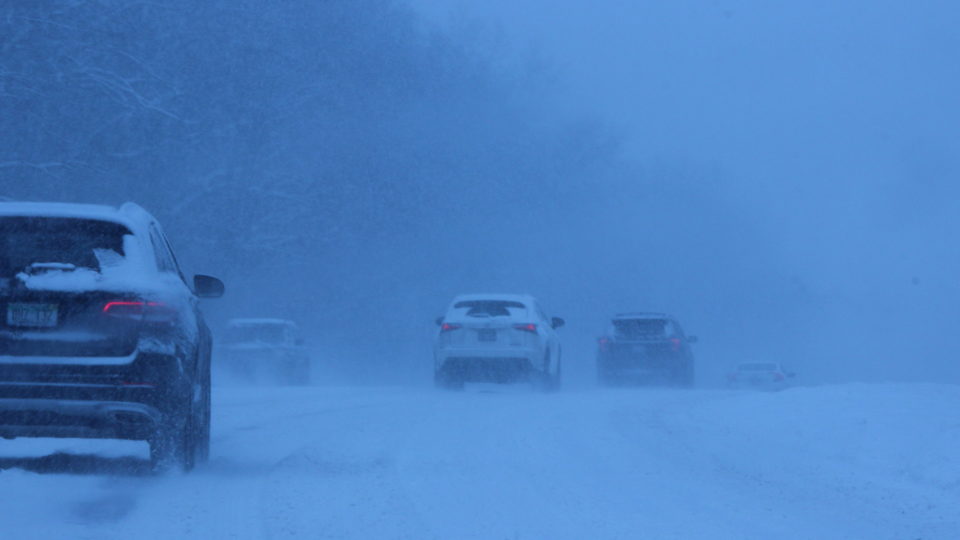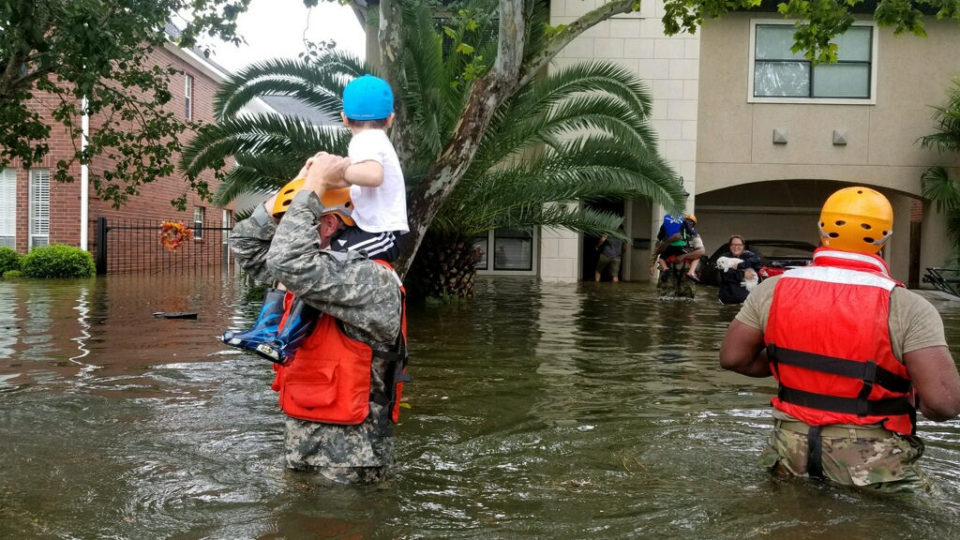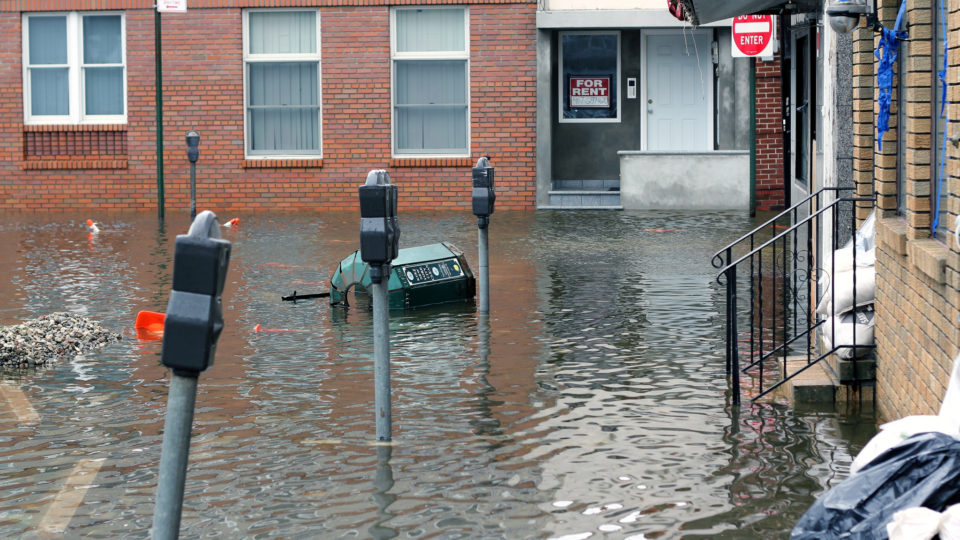The Amazon rainforest is the largest rainforest in the world, covering more than 2.5 million square miles. More than three million species live in the rainforest, which constitutes approximately 10% of the world’s known biodiversity. The Amazon rainforest’s biodiversity is so rich that scientists are still discovering new species all the time.
The Amazon rainforest absorbs huge amounts of carbon dioxide from Earth’s atmosphere, making it a key part of mitigating climate change. But the amount of carbon dioxide absorbed by the Amazon rainforest today is 30% less than it was in the 1990s.
Deforestation of the Amazon rainforest remains a major problem. Cattle ranching is the leading cause of deforestation, but industrial activities, such as the mining of oil and gas, copper, iron, and gold, are also to blame.
According to a new study recently published in the journal Nature, global warming may be interacting with regional rainfall and deforestation to accelerate forest loss in the Amazon. In fact, it may be pushing the rainforest towards a partial or total collapse.
The study, which was led by researchers from Federal University of Santa Catarina in Brazil and the University of Birmingham in the U.K., has identified the potential thresholds of these stressors, and highlighted how their combined effects could produce a tipping point for the Amazon rainforest.
The findings are important because the Amazon rainforest plays a vital role in the global climate system. By identifying the most important stressors on the rainforest environment, the researchers hope they can develop a plan to keep the Amazon rainforest resilient.
**********
Web Links
Is the Amazon forest approaching a tipping point?
Photo, posted July 2, 2017, courtesy of Anna & Michal via Flickr.
Earth Wise is a production of WAMC Northeast Public Radio

